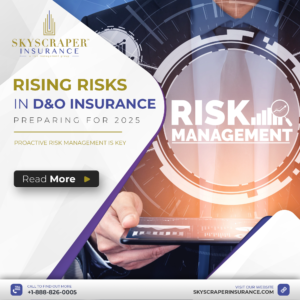The ruling comes as another blow to an industry that has endured one of its toughest years ever.
On Nov. 16, 2020, the U.K. business interruption insurance test case appeal began with several major insurance companies claiming to the U.K. Supreme Court that it is inappropriate to assume there could be unlimited coverage during a pandemic.
(Bloomberg) — Insurers face increased COVID-19 payouts to small businesses that were forced to close during the lockdown, as the U.K.’s top court ruled in favor of policyholders in a dispute over coverage.
The U.K. Supreme Court ruled Friday, Jan. 15, that policies sold by six firms, including RSA Insurance Group Plc and Hiscox Ltd., cover losses sustained when businesses were shut down to help slow the spread of the outbreak. The firms had appealed a lower-court decision in September that found some policies in a test case brought by the U.K.’s top markets regulator should payout.
“The judgment should be a massive boost to all businesses reeling from a third lockdown who can now demand their claims are paid,” said Richard Leedham, a partner at Mishcon de Reya who represents the Hiscox Action Group of policyholders. “The hope and expectation of our clients is that the claim adjustment process starts immediately and that insurers will not continue to cause further distress by further unnecessary delay.”
After initially falling, Hiscox shares rose as much as 2.7% in London on Friday morning as the insurer said that additional business interruption losses for 2020 would be limited to $48 million. RSA shares were little changed.
(Bloomberg) — Insurers face increased COVID-19 payouts to small businesses that were forced to close during the lockdown, as the U.K.’s top court ruled in favor of policyholders in a dispute over coverage.
The U.K. Supreme Court ruled Friday, Jan. 15, that policies sold by six firms, including RSA Insurance Group Plc and Hiscox Ltd., cover losses sustained when businesses were shut down to help slow the spread of the outbreak. The firms had appealed a lower-court decision in September that found some policies in a test case brought by the U.K.’s top markets regulator should payout.
“The judgment should be a massive boost to all businesses reeling from a third lockdown who can now demand their claims are paid,” said Richard Leedham, a partner at Mishcon de Reya who represents the Hiscox Action Group of policyholders. “The hope and expectation of our clients is that the claim adjustment process starts immediately and that insurers will not continue to cause further distress by further unnecessary delay.”
After initially falling, Hiscox shares rose as much as 2.7% in London on Friday morning as the insurer said that additional business interruption losses for 2020 would be limited to $48 million. RSA shares were little changed.
Hiscox, RSA, Zurich Insurance Group AG, and five other companies were named in the original case, which was brought by the U.K.’s Financial Conduct Authority in an effort to bring legal clarity to policies held by at least 370,000 clients. Zurich didn’t appeal, saying in September that the initial ruling confirmed that its policies didn’t cover business losses related to the outbreak.
RSA said Friday that it would pay claims related to the Supreme Court ruling as quickly as possible, making interim payments to clients while their full claims are assessed.
The Supreme Court ruling, which can’t be appealed, means that more policyholders will have valid claims, and some payouts will be higher, the FCA said in a statement.
“Tens of thousands of small firms and potentially hundreds of thousands of jobs are relying on this,” Sheldon Mills, executive director for consumers and competition at the FCA, said in the statement.




